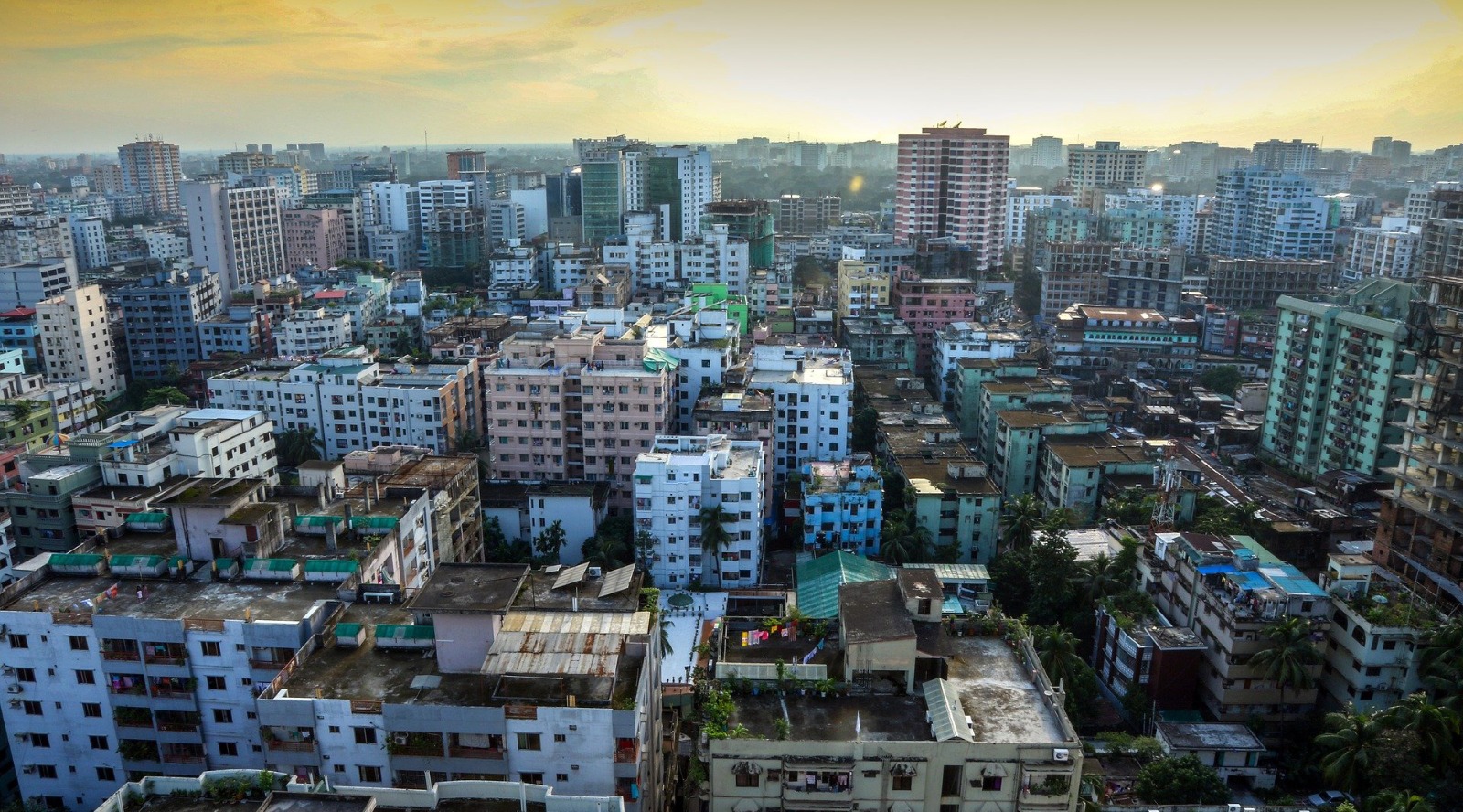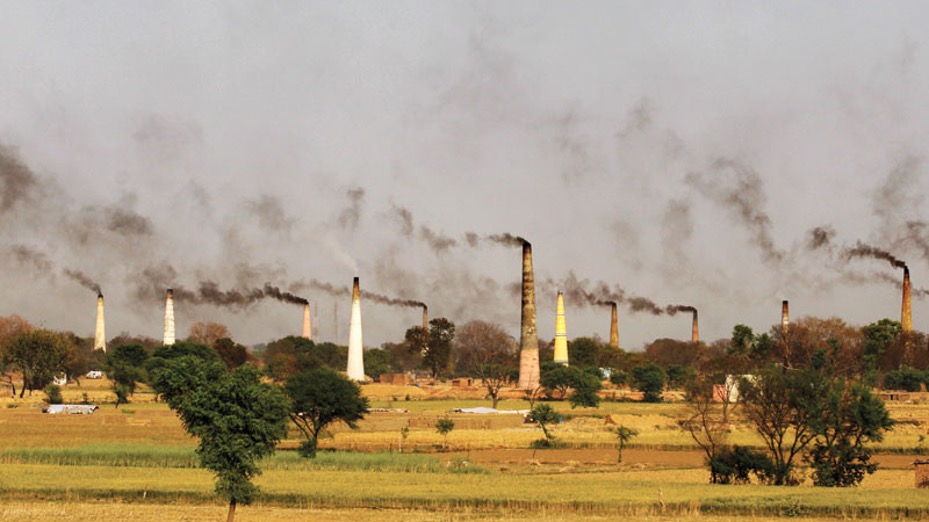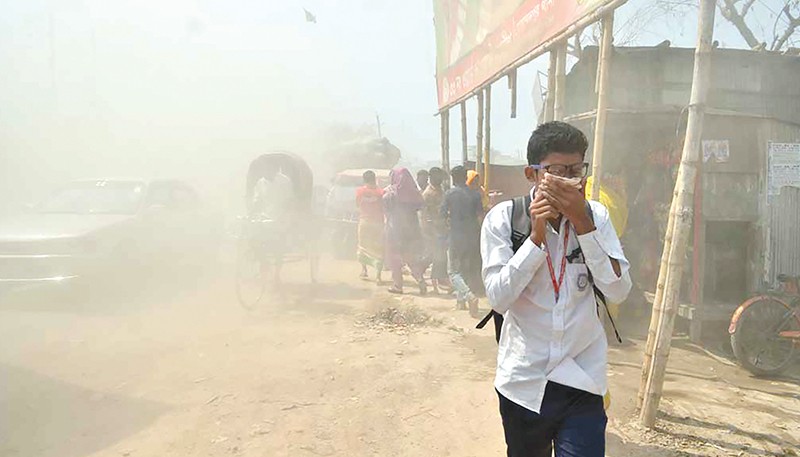জাতীয়
Bangladesh at a Crossroads:
Can Stronger Laws Combat Worsening Air Pollution?
By Nayemur Rahman॥
Dhaka, Bangladesh – In the bustling streets of Dhaka, smog clouds the skyline and the air smells of burning fuel. Ranked as one of the most polluted cities globally, Bangladesh faces an air quality crisis that experts warn could have dire consequences for public health and economic productivity. A recent study sheds light on how Bangladesh’s legal framework to combat air pollution compares with those of India and the United Kingdom, highlighting opportunities for urgent reform.

The Alarming Reality of Air Pollution
Air pollution in Bangladesh stems from a mix of industrial emissions, vehicular exhaust, and construction dust, exacerbated by lax enforcement of environmental regulations. According to the study, the main contributors to urban air pollution are unregulated brick kilns and outdated vehicles. The consequences are severe: rising respiratory illnesses, reduced life expectancy, and escalating healthcare costs.
A Patchwork of Policies
Bangladesh’s Environmental Conservation Act of 1995 (ECA) and the Air Pollution Control Rules of 2022 form the backbone of its legal fight against pollution. While these laws mandate emission standards and require environmental clearance for industries, enforcement remains weak. The Department of Environment (DoE), tasked with monitoring compliance, struggles with limited resources and institutional inefficiencies.
“We have robust laws on paper, but implementation is where we falter,” says environmental lawyer Rizwana Hasan. “There’s a lack of technical capacity, and penalties for violators are too lenient to act as deterrents.”
Lessons from India and the UK
The study compares Bangladesh’s policies with those of India and the UK, revealing important lessons. India’s Air (Prevention and Control of Pollution) Act of 1981 and Environment Protection Act of 1986 highlight the power of judicial activism in environmental protection. However, enforcement challenges remain due to bureaucratic inefficiencies.
In contrast, the UK’s integrated approach, exemplified by the Clean Air Act of 1993 and the Environment Act of 1995, has significantly improved air quality. Local authorities are empowered to enforce standards, while innovative tools like Low Emission Zones (LEZs) and emission trading schemes encourage compliance.

The Way Forward
The report offers several recommendations for Bangladesh to tackle its air pollution crisis:
- Strengthen Enforcement Agencies: Equip the DoE with resources and training to ensure effective monitoring and compliance.
- Invest in Air Quality Monitoring: Use advanced technologies, including real-time air quality data systems, to identify pollution hotspots.
- Public-Private Collaboration: Encourage industries to adopt green technologies through incentives like tax breaks.
- Regional Cooperation: Work with neighboring countries to address transboundary pollution.
Public awareness campaigns and stricter penalties for polluters are also critical. As the report emphasizes, the government must balance economic development with environmental sustainability.

A Shared Responsibility
The air quality crisis in Bangladesh demands urgent action, but solutions will require the collective effort of policymakers, industries, and citizens. “Clean air is not just an environmental issue,” says Larissa Lockwood, Director of Clean Air, Global Action Plan “It’s a public health emergency and a moral obligation.”
Nayemur Rahman
School Of Law
BRAC University



